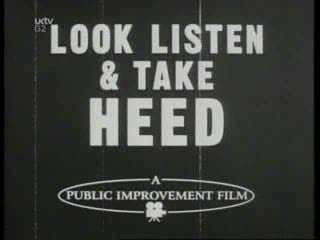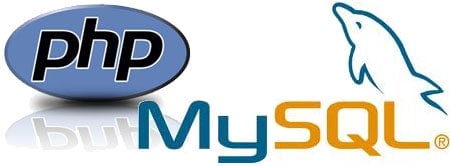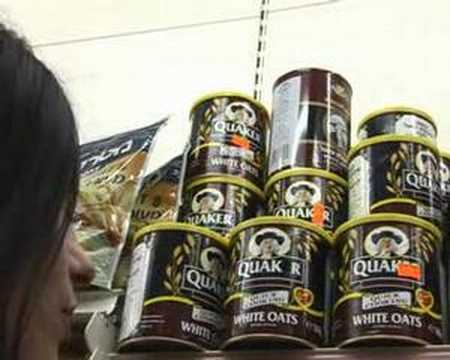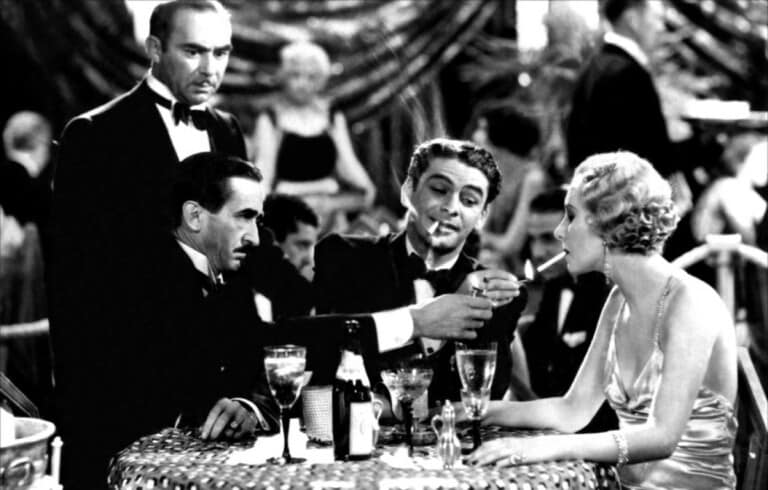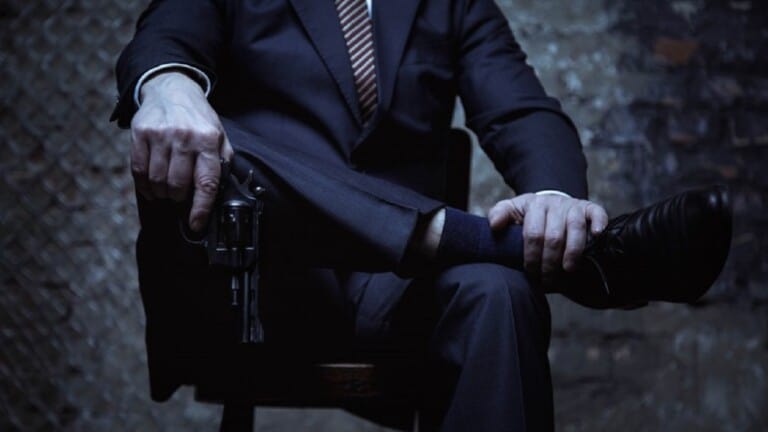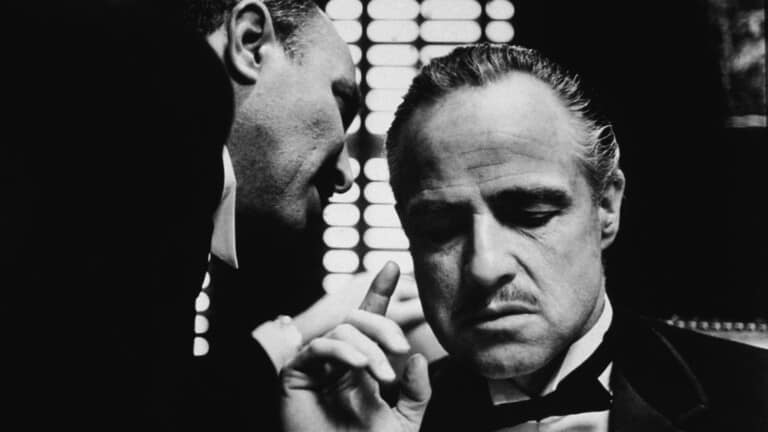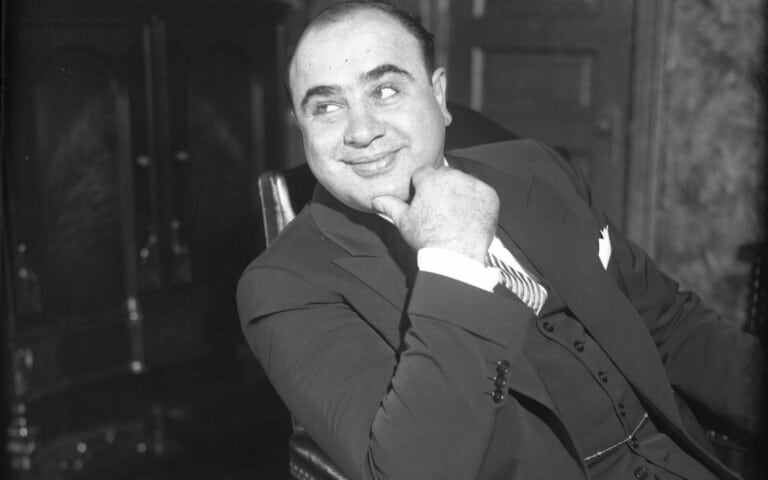AC/DC
AC/DC is a hard rock band from Australia. They formed in Sydney, Australia in November 1973. AC/DC has sold an estimated 200 million albums worldwide, including 68 million in the United States of America.
The two primary founders of the band, Malcolm Young and Angus Young, developed the idea for the band’s name after their sister Margaret saw the initials “AC/DC” written on a sewing machine. “AC/DC” is an abbreviation for “alternating current/direct current,” which refers to the two different types of charges used in electricity.
The band chose the name because of their energetic “electrical” style of playing rock and roll. Even though AC/DC considers their music style simply as “rock and roll”, AC/DC are often considered pioneers of heavy metal.
AC/DC guitar tabs
- Aint No Fun
- All Screwed Up
- Are You Ready
- Baby Please Dont Go
- Back In Black
- Bad Boy Boogie
- Ballbreaker
- Beating Around The Bush
- Big Balls
- Big Gun
- Bonny
- Boogie Man
- Boom Boom
- Brainshake
- Breaking The Rules
- Burnin Alive
- Can I Sit Next To You Girl
- Cant Stand Still
- Cant Stop Rock N Roll
- Carry Me Home
- Caught With Your Pants Down
- Chase The Ace
- Cod
- Cold Hearted Man
- Come And Get It
- Cover You In Oil
- Cyberspace
- Damned
- Deep In The Hole
- Dirty Deeds Done Dirt Cheap
- Dirty Eyes
- Dog Eat Dog
- Down Payment Blues
- Dt
- Evil Walks
- Fire Your Guns
- Flick Of The Switch
- Fling Thing
- Fly On The Wall
- For Those About To Rock
- Get It Hot
- Gimme A Bullet
- Girls Got Rhythm
- Give It Up
- Given The Dog A Bone
- Go Down
- Gone Shootin
- Guns For Hire
- Hard As A Rock
- Have A Drink On Me
- Heatseeker
- Hell Aint A Bad Place To Be
- Hells Bells
- High Voltage
- Highway To Hell
- Hold Me Back
- House Of Jazz
- If You Want Blood
- Inject The Venom
- Its A Long Way To The Top
- Jailbreak
- Kicked In The Teeth
- Kissin Dynamite
- Let Me Put My Love Into You
- Let There Be Rock
- Lets Get It Up
- Little Lover
- Live Wire
- Love Hungry Man
- Love Song
- Meltdown
- Money Talks
- Nervous Shakedown
- Night Of The Long Knives
- Night Prowler
- Overdose
- Problem Child
- Put The Finger On You
- Ride On
- Riff Raff
- Rising Power
- Rock N Roll Aint Noise Pollution
- Rock N Roll Damnation
- Rock N Roll Singer
- Rocker
- Safe In New York City
- Satellite Blues
- Schools Days
- Send For The Man
- Shake A Leg
- Shake Your Foundations
- Shes Got Balls
- Shoot To Thrill
- Shot Down In Flames
- Sin City
- Snowballed
- Soul Stripper
- Squealer
- Stick Around
- Stiff Upper Lip
- The Honey Roll
- The Jack
- The Razors Edge
- Theres Gonna Some Rockin
- Thunderstruck
- Tnt
- Touch Too Much
- Up To My Neck In You
- Walk All Over You
- What Do You Do For Money Honey
- Whats Next To The Moon
- When I Needed You
- Whiskey On The Rocks
- Who Made Who
- Whole Lotta Rosie
- You Aint Got A Hold On Me
- You Shook Me All Night Long


